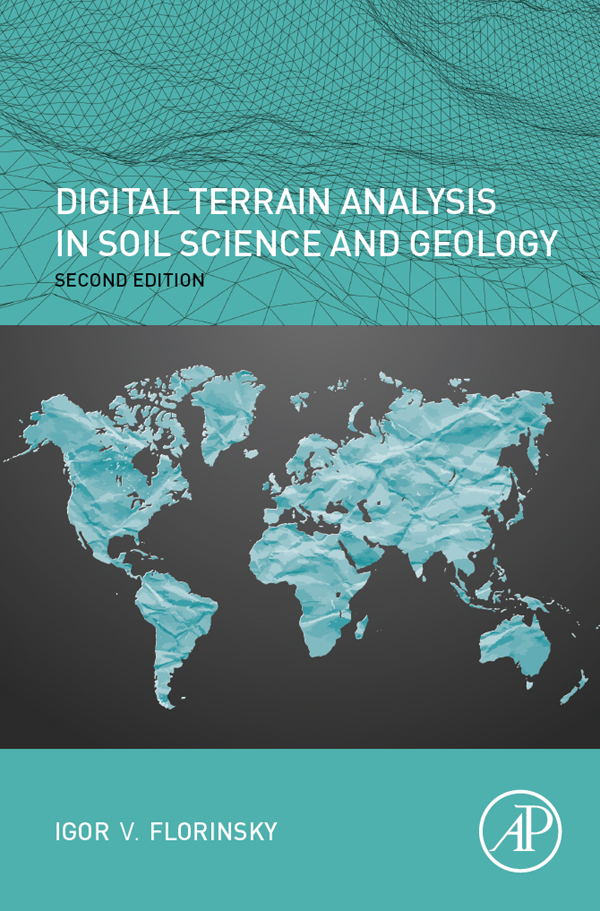|
en ru |
Gaussian
curvature (K) is a product of maximal and minimal curvatures*. The
unit of measurement is m-2. Once
elevations are given by
where
kmin and kmax are minimal
and maximal curvatures, correspondingly; According
to Theorema egregium, K retains values in each point of the
topographic surface after its bending without breaking, stretching, and
compressing. Gaussian curvature is used
in geological studies to describe geological surfaces and structures. Like other local morphometric
variables, Gaussian curvature can be derived from a digital elevation model (DEM)
by finite-difference methods (e.g., IF-2009 method and IF-1998 method) as well as the universal spectral
analytical method. Example**. A model of Gaussian curvature was derived from a
DEM of Mount Ararat by the
universal spectral analytical method.
The model includes 779,401 points
(the matrix 1081 x 721); the grid spacing is 1". To deal
with the large dynamic range of this variable, its values were logarithmically transformed. The vertical
exaggeration of the 3D model is 2x. The data processing and modelling were carried out using the software Matlab R2008b. |
|
DIGITAL TERRAIN ANALYSIS IN SOIL SCIENCE AND GEOLOGY 2nd revised edition I.V. Florinsky Elsevier / Academic Press, 2016 Amsterdam, 486 p. ISBN 978-0-12-804632-6 |
 ,
,
